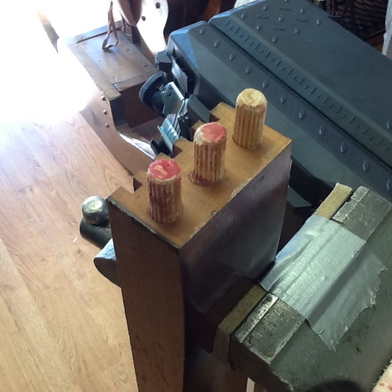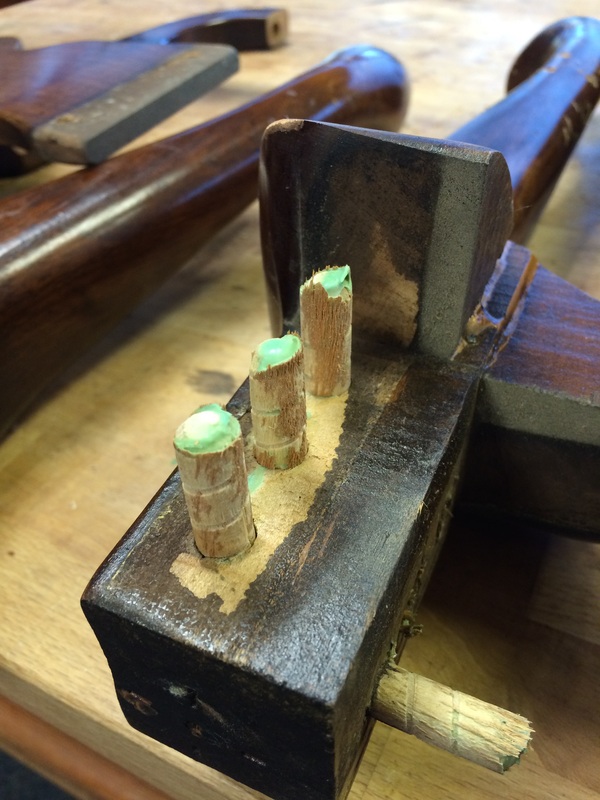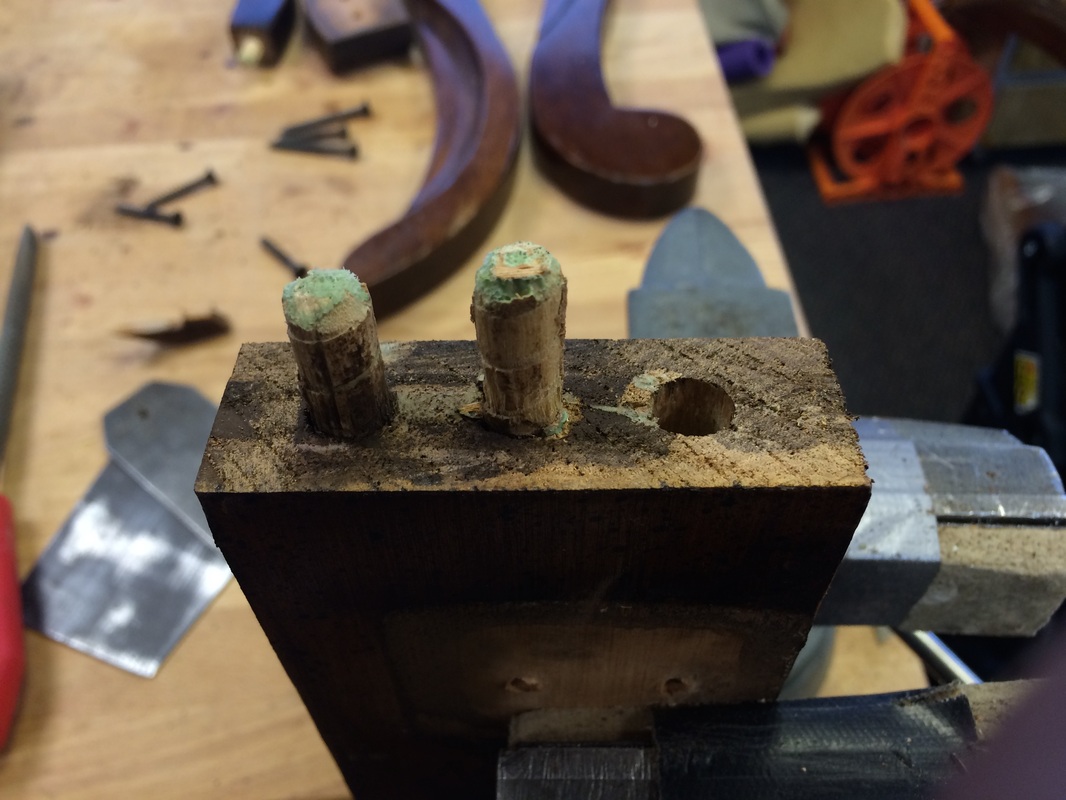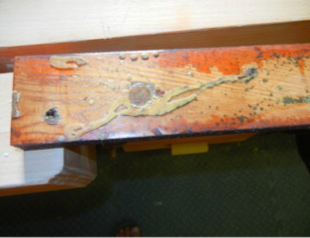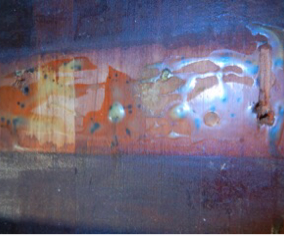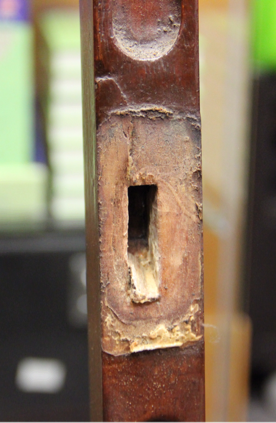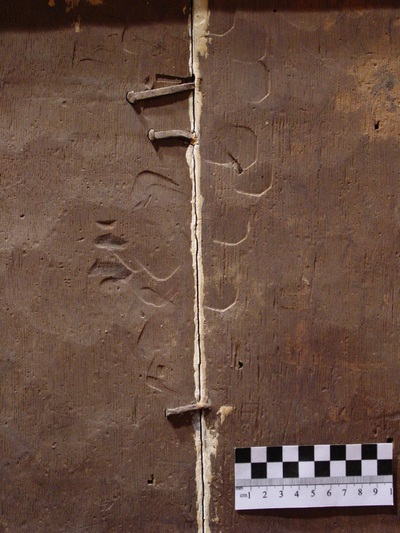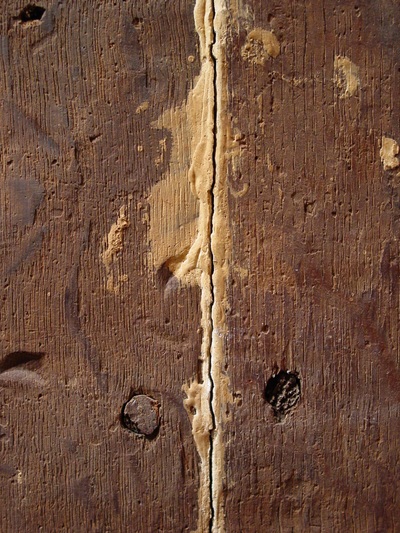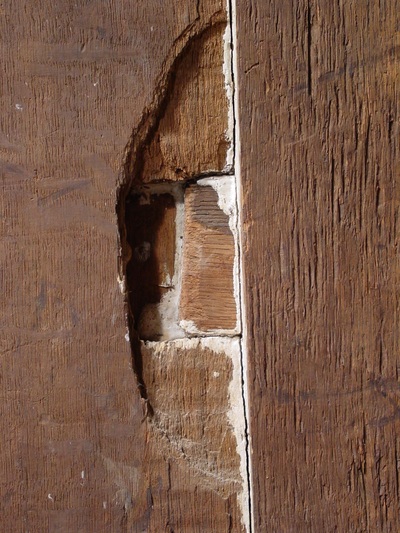- WELCOME !
- Home
- Furniture
- Wooden Objects
-
Panel Paintings
- Virgin and Child, framed.
- 5 Monumental panels - 16th century, Portugal.
- Polyptych - 16th century, church of "Ferreira do Alentejo", Portugal.
- Polyptych - 16th century, Scenes of the Life of the Virgin.
- Triptych - 15th century, portable, MNAA. Portugal.
- Portrait - King John the First, Portugal.
- Descent from the Cross - 15th century, Italy.
- 5 panels - 16th century, Paroque Church of Sertã, Portugal.
- Ecce Homo - 16th century, Portugal.
- Ecce Homo - 18th century, oil on poplar, Portugal.
- Frames
- Altarpieces
- Architectural Elements
- Woodworking Pictures
- FOR SALE
- The Studio Blog
- Press
- Testimonials
- .
- Keneketera
- .
- Miguel Garcia Artistic Works
- Cila Garcia - Art Works
